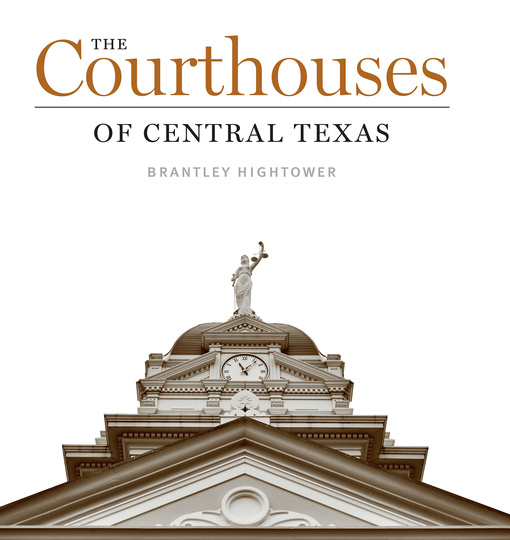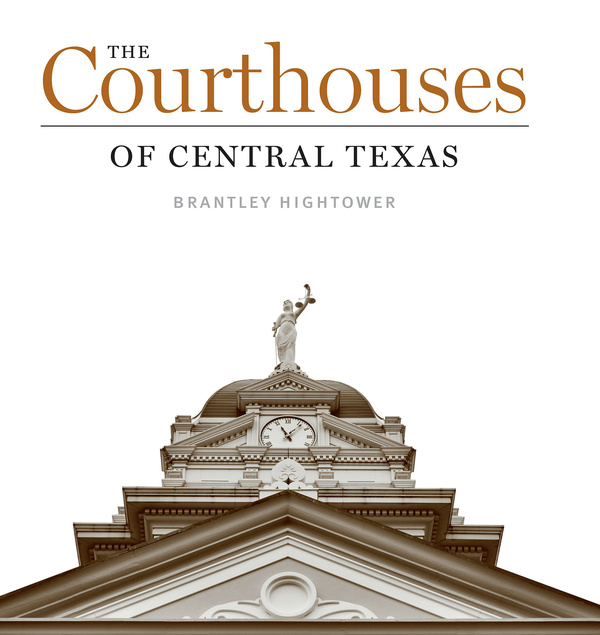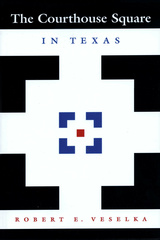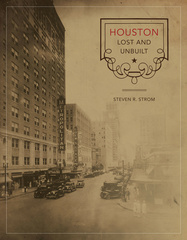The county courthouse has long held a central place on the Texas landscape—literally, as the center of the town in which it is located, and figuratively, as the symbol of governmental authority. As a county’s most important public building, the courthouse makes an architectural statement about a community’s prosperity and aspirations—or the lack of them. Thus, a study of county courthouses tells a compelling story about how society’s relationships with public buildings and government have radically changed over the course of time, as well as how architectural tastes have evolved through the decades.
A first of its kind, The Courthouses of Central Texas offers an in-depth, comparative architectural survey of fifty county courthouses, which serve as a representative sample of larger trends at play throughout the rest of the state. Each courthouse is represented by a description, with information about date(s) of construction and architects, along with a historical photograph, a site plan of its orientation and courthouse square, and two- and sometimes three-dimensional drawings of its facade with modifications over time. Side-by-side drawings and plans also facilitate comparisons between courthouses. These consistently scaled and formatted architectural drawings, which Brantley Hightower spent years creating, allow for direct comparisons in ways never before possible. He also explains the courthouses’ formal development by placing them in their historical and social context, which illuminates the power and importance of these structures in the history of Texas, as well as their enduring relevance today.
The courthouse is more than a seat of government and hall of justice. It’s a symbol of a community’s self-respect. Nobody knows that better than Brantley Hightower, founder of the San Antonio architecture firm HiWorks.
A delightfully fresh and provacative treatment of the subject. With this book, Hightower has raised the bar for scholarly studies of the Texas courthouse.
Foreword (Max Levy)
Introduction
1. The County Courthouse
2. The Courthouses of Central Texas
Conclusions
Acknowledgments
Notes
Bibliography
Index









